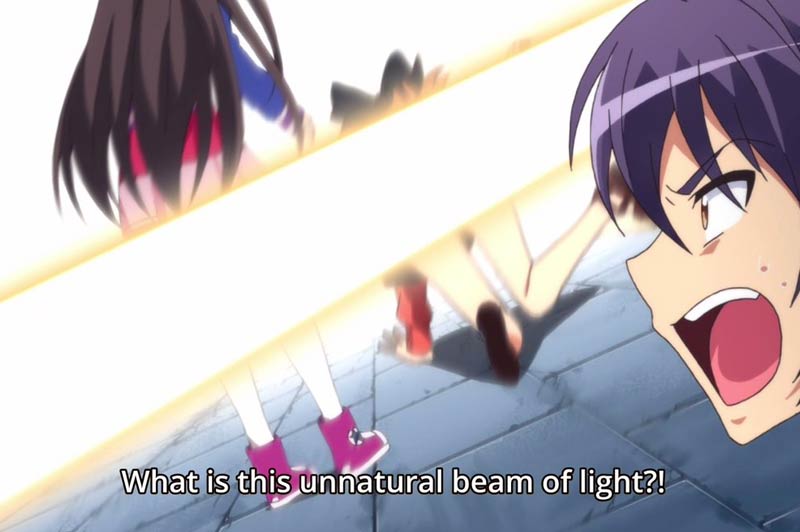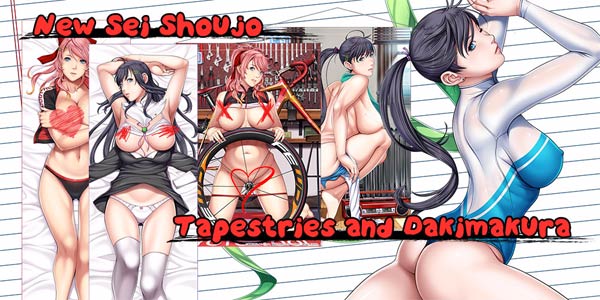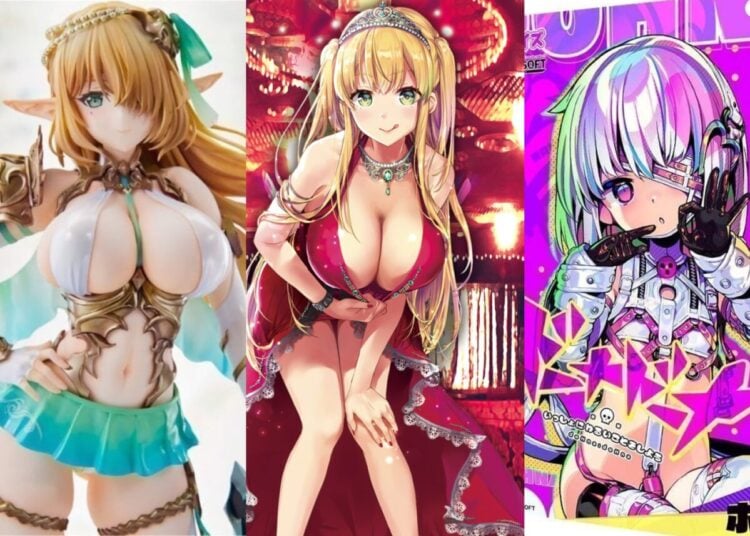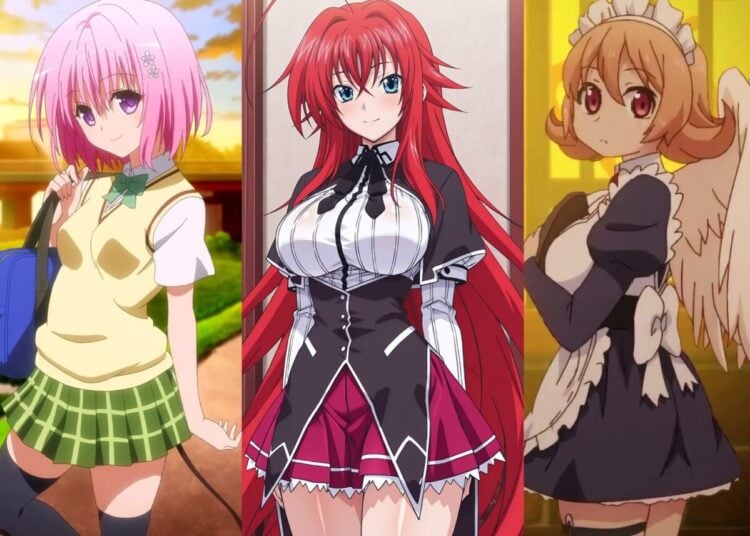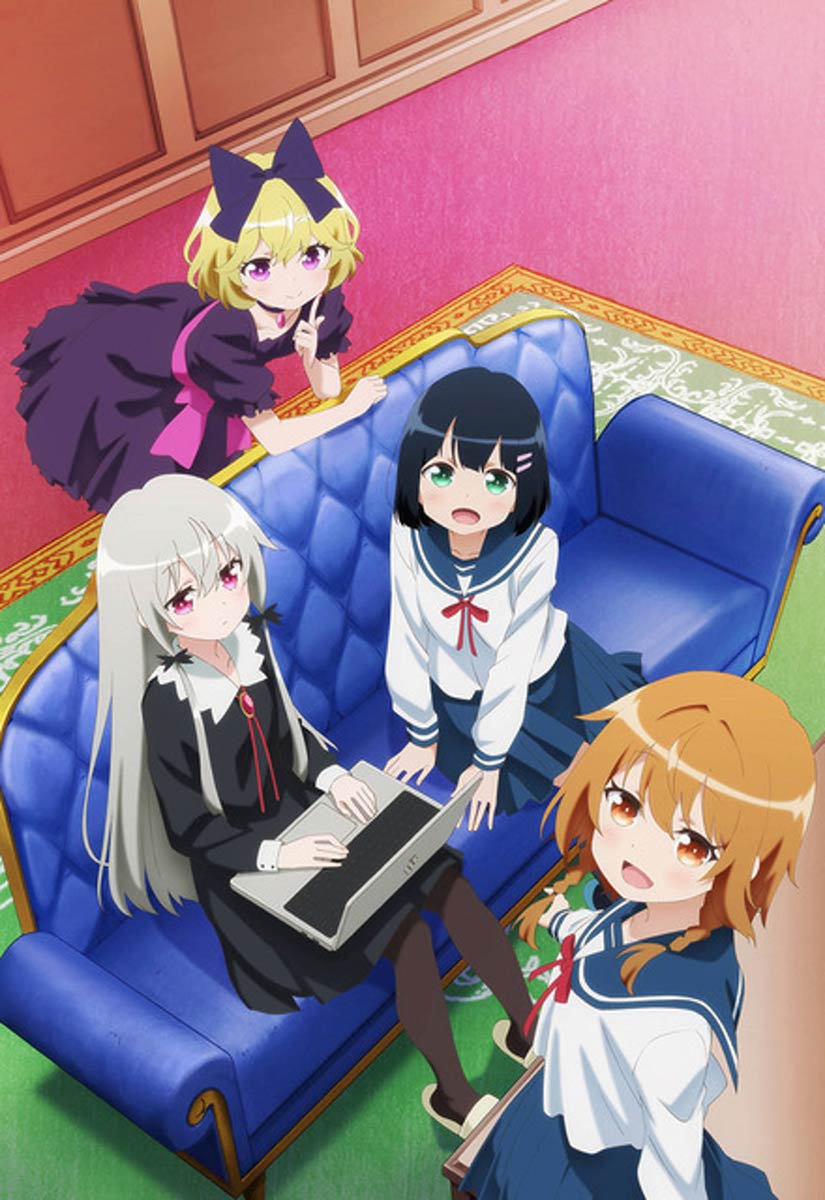One of the defining aspects of anime has always been that it contains awesome mature elements, including new and dramatic approaches to storytelling, well-developed tales that involve love and death, and characters we can relate to and (ahem) feel attraction for. Being from a culture that’s more relaxed about sexual situations and comedy than the West, anime has been a breath of fresh air for those of us living in comparatively repressed countries. But all too often, content that we want to see as fans is altered or denied to us outright through the evil of anime censorship. I thought it’d be fun to examine some examples of anime censorship, with the help of our Twitter followers.
When anime is brought to the West, especially to be broadcast on television, there are always some themes that are considered too stimulating for delicate viewers, or too foreign, or just too weird. Some examples:
- Digital effects have been used to draw swimsuits on characters while bathing (who wears one of those in the bath?), to remove cleavage, change cigarettes into candy, and otherwise do whatever it takes to protect public morals.
- Nudity, such as the shower scene from the original Macross/Robotech, is regularly removed.
- Sailor Moon broke a lot of ground, and also received a lot of censorship. Nude transformations were edited, bath scenes were digitally altered, flatulence and bedwetting comedy were cut, and the Sailor Uranus and Neptune were conveniently changed to “cousins.”
- At different times and in different countries, violence has been considered unsuitable for broadcast, resulting in producers bending over backward to avoid using the word “kill” on screen. The most recent Dragonball series was made digitally so that the show could be customized easily for each market, for example removing blood for countries where that was a problem.
- Sometimes censorship comes from cultural issues. In my beloved Space Battleship Yamato, the scene where the crew drinks sake together before starting their 186,000 light year journey, was removed, likely regarded as “too Japanese” for the era. And onigiri rice balls are so alien to Westerners that they need to be changed to “jelly-filled doughnuts.”
In the end, I think these attempts to censor awesome stories and deny the original content to fans is great. The reason? Fans always find out they’ve been duped, and eventually hunt down the original and enjoy it in its original, unedited form, to see what they’ve been missing. (Which is one reason why J-List exists…)
Anime censorship can happen for other reasons. Although we view Japan as a wonderful land where anything can be shown on TV without content censorship, in reality, there are pressures to guard against immorality here, too. Violence (Fist of the North Star) has been mosaiced out and edited, for example. The final episode of School Days (the anime, not our awesome uncensored game) was famously replaced by a video of a “Nice Boat” because of a murder that had happened the day before the broadcast, which was thought to be inspired by the anime (or by Higurashi When They Cry, which was also being broadcast at the same time). And of course, anime censorship has become a business model, since creators hope fans will shell out for the uncensored Blu-rays later on.
Do you hate anime censorship? What’s the most ridiculous kind you’ve seen? Tell us on Twitter!
We love the sexy artwork of Bible Black creator Sei Shoujo and have been happy to sell his incredible game, Starless, for years. Enjoy his newest products which we’ve posted to the site, including new tapestries, dakimakura hug pilllows, and other goodness.


